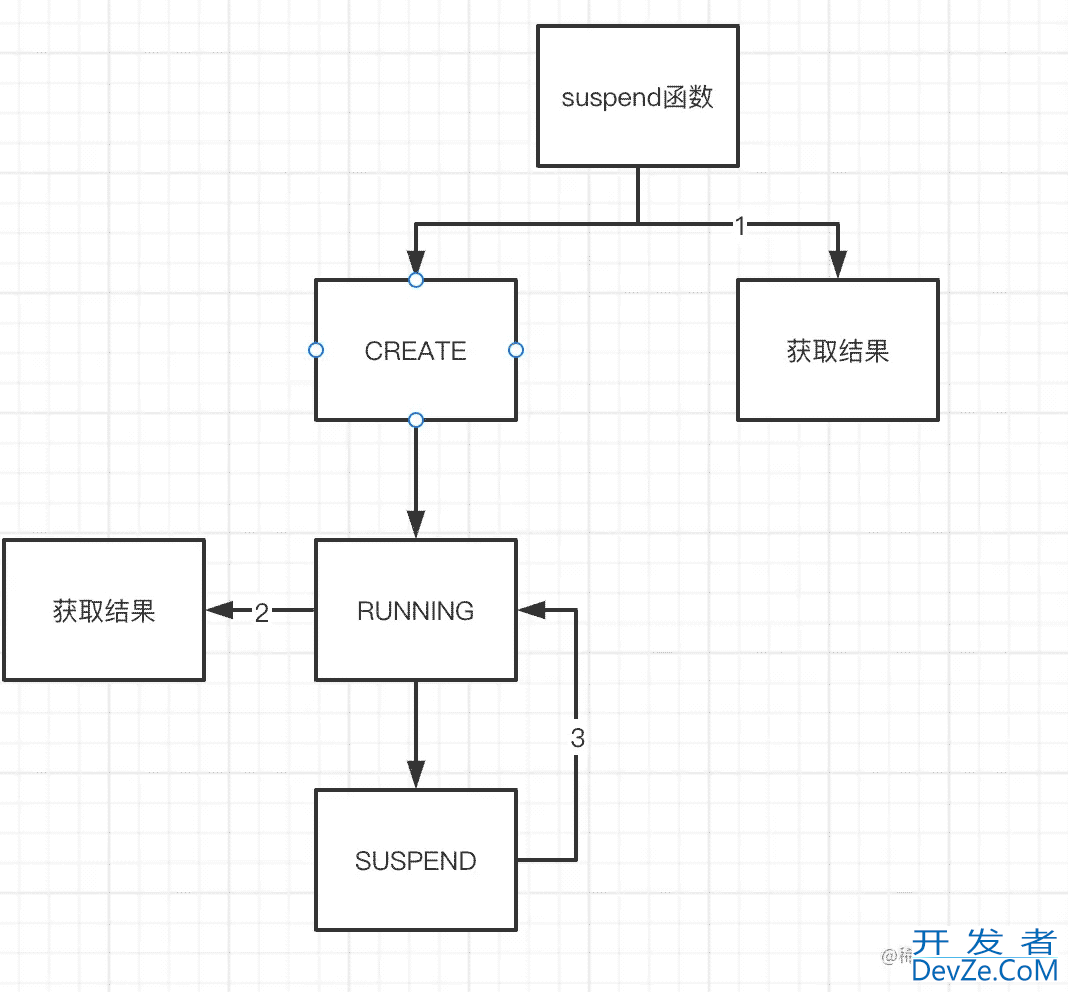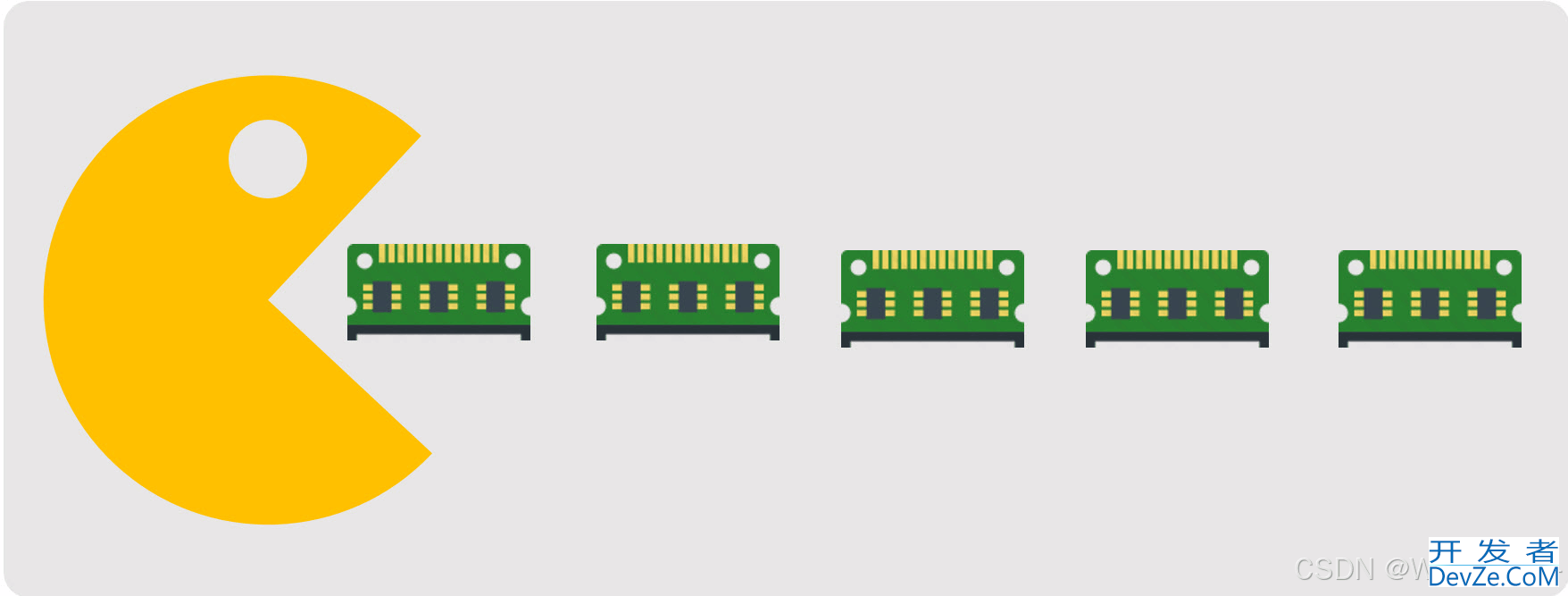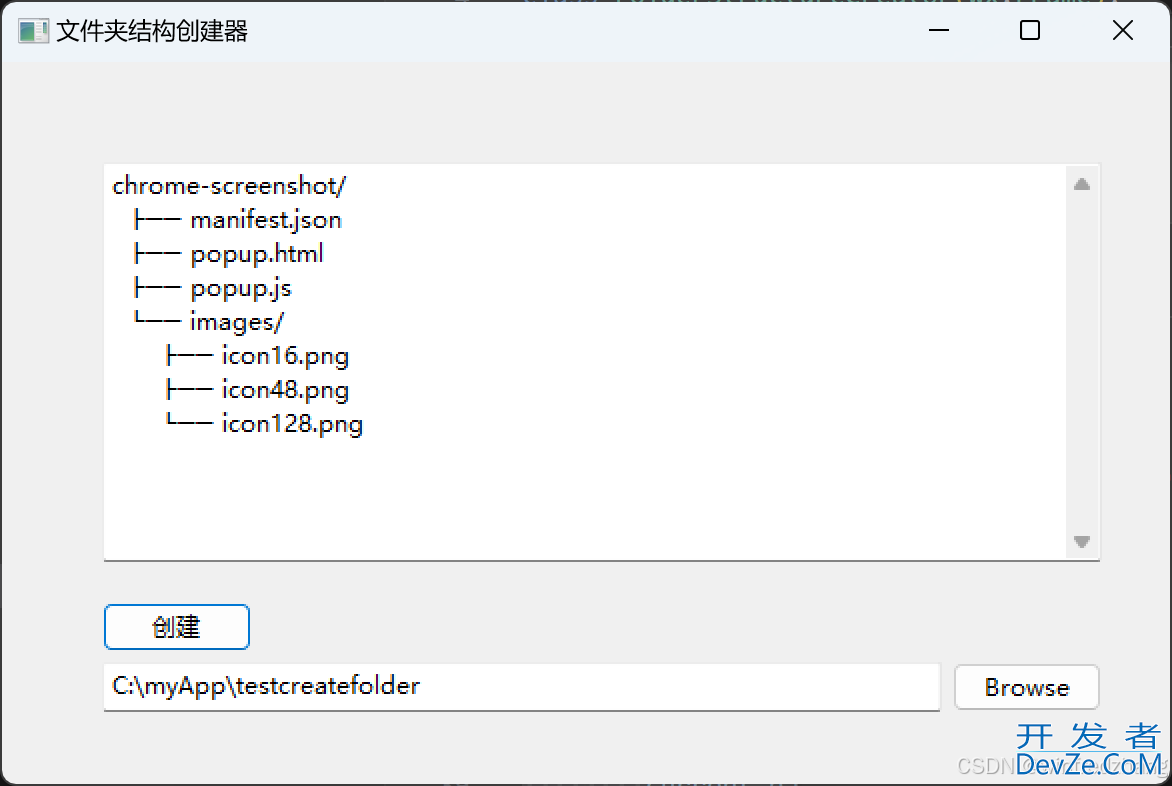目录
- 前言
- 回调变成suspend函数
- 来一个回调
- 转化为suspend函数
- suspend函数变成回调
- suspend函数转换为回调
- kotlin代码
- Java代码
- 总结
前言
我们再来一期关于kotlin协程的故事,我们都知道在Coroutine没有出来之前,我们对于异步结果的处理都是采用回调的方式进行,一方面回调层次过多的话,容易导致“回调地狱”,另一方法也比较难以维护。当然,我们并不是否定了回调本身,回调本身同时也是具备很多优点的,比如符合代码阅读逻辑,同时回调本身也是比较可控的。这一期呢,我们就是来聊一下,如何把回调的写法变成suspend函数,同时如何把suspend函数变成回调,从而让我们更加了解kotlin协程背后的故事
回调变成suspend函数
来一个回调
我们以一个回调函数作为例子,当我们normalCallBack在一个子线程中做一些处理,比如耗时函数,做完就会通过MyCallBack回调onCallBack,这里返回了一个Int类型,如下:
var myCallBack:MyCallBack?= null
interface MyCallBack{
fun onCallBack(result: Int)
}
fun normalCallBack(){
thread {
// 比如做一些事情
myCallBack?.onCallBack(1)
}
}
转化为suspend函数
此时我们可以通过suspendCoroutine函数,内部其实是通过创建了一个SafeContinuation并放到了我们suspend函数本身(block本身)启动了一个协程,我们之前在聊一聊Kotlin协程"低级"api 这篇文章介绍过
public suspend inline fun <T> suspendCoroutine(cross开发者_JS开发inline block: (Continuation<T>) -> Unit): T { contract { callsInPlace(block, InvocationKind.EXACTLY_ONCE) } return suspendCoroutineUninterceptedOrReturn { c: Continuation<T> -> val safe = SafeContinuation(c.intercepted()) block(safe) safe.getOrThrow() } }
这时候我们就可以直接写为,从而将回调消除,变成了一个suspend函数。
sHqETTNshduspend fun mySuspend() = suspendCoroutine<Int> {
thread {
// 比如做一些事情
it.resume(1)
}
}
当然,如果我们想要支持一下外部取消,比如当前页面销毁时,发起的网络请求自然也就不需要再请求了,就可以通过suspendCancellableCoroutine创建,里面的Continuation对象就从SafeContinuation(见上文)变成了CancellableContinuation,变成了CancellableContinuation有一个invokeOnCancellation方便,支持在协程体被销毁时的逻辑。
public suspend inline fun <T> suspendCancellableCoroutine(
crossinline block: (CancellableContinuation<T>) -> Unit
): T =
suspendCoroutineUninterceptedOrReturn { uCont ->
val cancellable = CancellableContinuationImpl(uCont.intercepted(), resumeMode = MODE_CANCELLABLE)
/*
* For non-atomic cancellation we setup parent-child relationship immediately
* in case when `block` blocks the current thread (e.g. Rx2 with trampoline scheduler), but
* properly supports cancellation.
*/
cancellable.initCancellability()
block(cancellable)
cancellable.getResult()
}
此时我们就可以写出以下代码
suspend fun mySuspend2() = suspendCancellableCoroutine<Int> {
thread {
// 比如做一些事情
it.resume(1)
}
it.invokeOnCancellation {
// 取消逻辑
javascript }
}
suspend函数变成回调
见到了回调如何变成suspend函数,那么我们反过来呢?有没有办法?当然有啦!当时suspend函数中有很多种区分,我们一一区分一下
//直接返回的suspend函数
suspend fun myNoSuspendFunc():Int{
return 1
}
//调用suspendCoroutine后直接resume的suspend函数
suspend fun myNoSuspendFunc() = suspendCoroutine<Int> {
continuation ->
continuation.resume(1)
}
//调用suspendCoroutine后异步执行的suspend函数(这里异步可以是单线程也可以是多线程,跟线程本身无关,只要是异步就会触发挂起)
suspend fun myRealSuspendFunc() = suspendCoroutine<Int> {
thread {
Thread.sleep(300)
it.resume(2)
}
那么我们来想一下,这里真正发起挂起的函数是哪个?通过代码其实我们可以猜到,真正挂起的函数只有最后一个myRealSuspendFunc,其他都不是真正的挂起,这里的挂起是什么意思呢?我们从协程的状态就可以知道,当前处于CoroutineSingletons.COROUTINE_SUSPENDED时,就是挂起状态。我们回归一下,一个suspend函数有哪几种情况

这里的1,2,3就分别对应着上文demo中的例子
- 直接返回结果,不需要进入状态机判断,因为javascript本身就没有启动协程
- 进入了协程,但是不需要进行SUSPEND状态就已经有了结果,所以直接返回了结果
- 进入了SUSPEND状态,之后才能获取结果
这里我们就不贴出来源码了,感兴趣可自己看Coroutine的实现,这里我们要明确一个概念,一个Suspend函数的运行机制,其实并不依靠了协程本身。
对应代码表现就是,这个函数的返回结果可能就是直接返回结果本身,另一种就是通过回调本身通知外部(这里我们还会以例子说明)
suspend函数转换为回调
这里有两种情况,我们分别以kotlin代码跟java代码表示:
kotlin代码
由于kotlin可以直接通过suspend的扩展函数startCoroutine启动一个协程,
fun myRealSuspendCallBack(){
::myRealSuspendFunc.startCoroutine(object :Continuation<Int>{
当前环境
override val context: CoroutineContext
get() = Dispatchers.IO
结果
override fun resumeWith(result: Result<Int>) {
if(result.isSuccess){
myCallBack?.onCallBack(result.getOrDewww.devze.comfault(0))
}
}
})
}
其中Result就是一个内联类,属于kotlin编译器添加的装饰类,在这里我们无论是1,2,3的情况,都可以在resumeWith 中获取到结果,在这里通过callback回调即可
@JvmInline
public value class Result<out T> @PublishedApi internal constructor(
@PublishedApi
internal val value: Any?
) : Serializable {
Java代码
这里我们更正一个误区,就是suspend函数只能在kotlin中使用/Coroutine协程只能在kotlin中使用,这个其实是错误的,java代码也能够调起协程,只不过麻烦了一点,至少官方是没有禁止的。 比如我们需要调用startCoroutine,可直接调用
ContinuationKt.startCoroutine();
当然,我们也能够直接调用suspend函数
Object result = CallBack.INSTANCE.myRealSuspendFunc(new Continuation<Integer>() {
@NonNull
@Override
public CoroutineContext getContext() {
//这里启动的环境其实协程没有用到,读者们可以思考一下为什么!这里就当一个谜题啦!可以在评论区说出你的编程客栈想法(我会在评论区解答)
return (CoroutineContext) Dispatchers.getIO();
//return EmptyCoroutineContext.INSTANCE;
}
@Override
public void resumeWith(@NonNull Object o) {
情况3
Log.e("hello","resumeWith result is "+ o +" is main "+ (Looper.myLooper() == Looper.getMainLooper()));
// 回调处理即可
myCallBack?.onCallBack(result)
}
});
if(result != IntrinsicsKt.getCOROUTINE_SUSPENDED()){
情况1,2
Log.e("hello","func result is "+ result);
// 回调处理即可
myCallBack?.onCallBack(result)
}
这里我们需要注意的是,这里java代码比kotlin多了一个判断,同时resumeWith的参数不再是Result,而是一个Object
if(result != IntrinsicsKt.getCOROUTINE_SUSPENDED()){
}
这里脱去了kotlin给我们添加的各种外壳,其实这就是真正的对于suspend结果的处理(只不过kotlin帮我们包了一层)
我们上文说过,suspend函数对应的三种情况,这里的1,2都是直接返回结果的,因为没有走到SUSPEND状态(IntrinsicsKt.getCOROUTINE_SUSPENDED())这里需要读者好好阅读上文,因此 result != IntrinsicsKt.getCOROUTINE_SUSPENDED(),就会直接走到这里,我们就直接拿到了结果
if(result != IntrinsicsKt.getCOROUTINE_SUSPENDED()){
}
如果属于情况3,那么这里的result就不再是一个结果,而是当前协程的状态标记罢了,此时当协程完成执行的时候(调用resume的时候),就会回调到resumeWith,这里的Object类型o才是经过SUSPEND状态的结果!
总结
经过我们suspend跟回调的互相状态,能够明白了suspend背后的逻辑与挂起的细节,希望能帮到你
以上就是Suspend函数与回调的互相转换示例详解的详细内容,更多关于Suspend函数回调转换的资料请关注我们其它相关文章!









 加载中,请稍侯......
加载中,请稍侯......
精彩评论